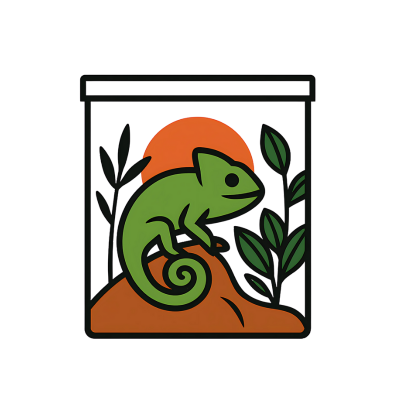
How to Prevent Mold in Your Terrarium
Have you recently set up a terrarium to house your favorite reptiles? Congratulations! It's a fascinating environment to create and maintain. However, a recurring concern for many terrarium owners is dealing with mold. This invisible enemy can quickly disrupt the delicate balance of your miniature ecosystem. Don't worry; with the right tips, you can easily prevent and eliminate mold in your terrarium.
Understanding the causes of mold
Mold thrives when conditions are ideal for its growth. In a terrarium, these conditions may include:
- Too high humidity
- Poor air circulation
- Excess decomposing organic matter
- Too hot a temperature
It is important to carefully monitor these factors to maintain a healthy environment for your pets.
Control humidity
Humidity is probably the most critical factor in preventing mold. Each reptile species has specific humidity needs, so it's essential to understand your pet's requirements. Use a hygrometer to monitor humidity levels and adjust as needed by varying the frequency and amount of misting.
Ensure good air circulation
Good air circulation prevents the buildup of stagnant moisture, which promotes mold. Ensure your terrarium is well ventilated, either by installing a ventilation system or by regularly opening the lid.
Managing organic matter
Food scraps, feces, and decaying organic substrates can also contribute to mold growth. Clean your terrarium regularly and replace the substrate as needed to eliminate these sources of mold.
Maintain a suitable temperature
Too high a temperature in the terrarium can also promote mold growth. Check that the warm and cool zones are evenly distributed and adjust your heating system settings if necessary.
Prevent mold
Once you've identified the potential causes, you can put preventative measures in place to prevent mold from taking hold.
Choosing a suitable substrate
Choose an inorganic substrate such as coco litter or coconut fiber, which are less prone to mold than organic substrates such as peat or wood fiber.
Plant with care
When adding plants to your terrarium, choose suitable species and plant them carefully to avoid damp areas that can encourage mold growth.
Use a drainage system
Install an effective drainage system at the bottom of your terrarium to drain excess water and maintain optimal humidity levels.
Monitor regularly
Carefully inspect your terrarium at least once a week for any signs of emerging mold and take prompt action.
Eliminate mold
Despite your best efforts, you may still have to deal with a mold infestation. Don't panic; there are solutions to address this.
Identify and treat the source
Start by identifying the cause of the mold and correcting the problem (humidity, ventilation, etc.). This will help prevent the problem from recurring.
Deep clean
Carefully remove any visible mold with a damp cloth or vacuum cleaner. Be careful not to spread the spores.
Disinfect the terrarium
Use a terrarium-safe antifungal product to completely disinfect your setup and eliminate mold spores.
Monitor and maintain
Continue to monitor your terrarium carefully and perform regular maintenance to prevent mold from returning.
With the right habits and a little vigilance, you can maintain a healthy, mold-free terrarium, providing your reptiles with an ideal environment to thrive. Don't hesitate to consult the experts at LeTerrarium for personalized advice. Together, let's create a natural and soothing world for your pets!
